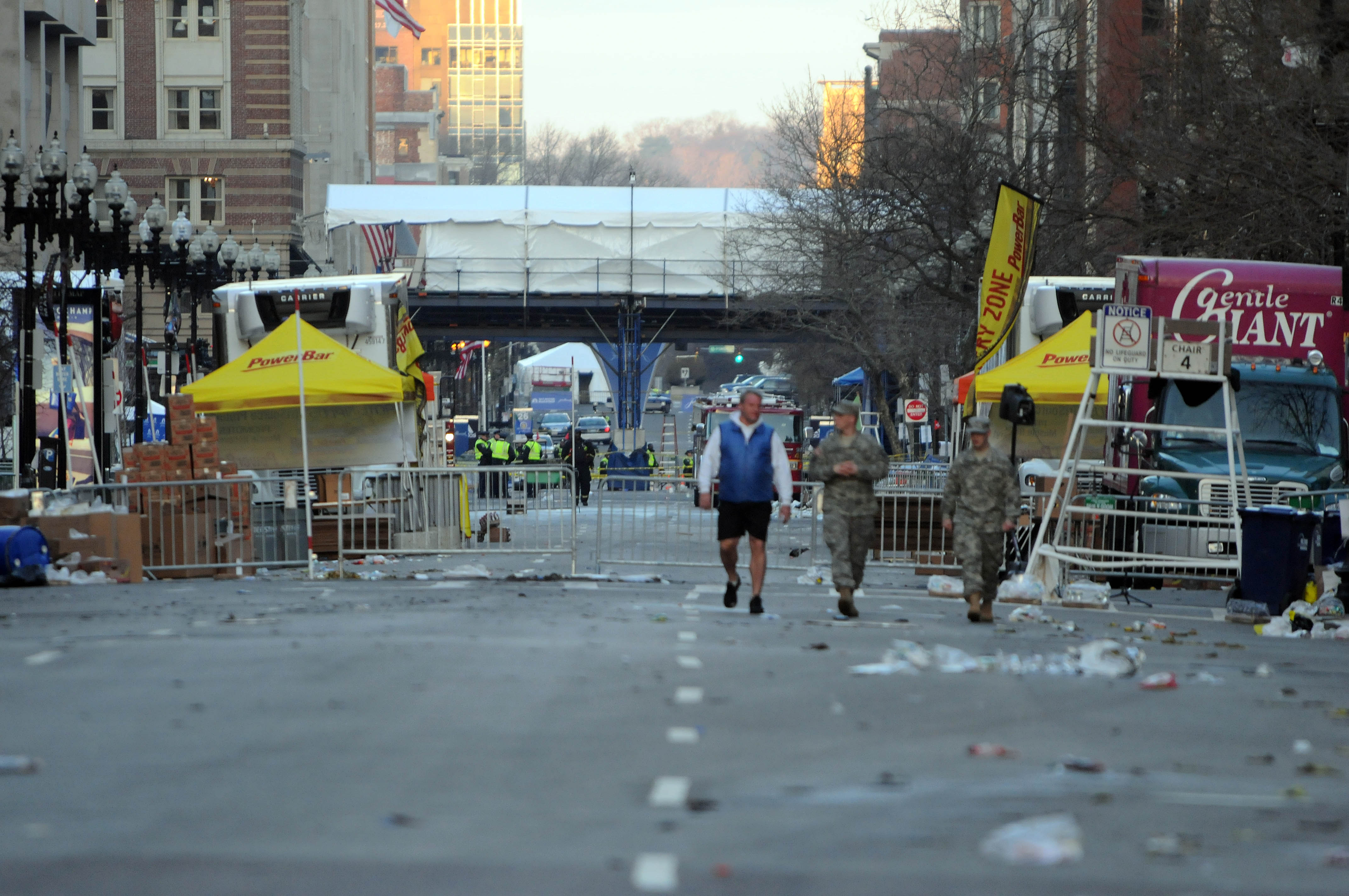This week, young choreographer Mounir Saeed presented two dance performances: “The Game and “View the Dead Art at Downtown’s Rawabet Theater.
Saeed is one of 15 Egyptian dancers/choreographers who recently completed a two-year training program organized by Cairo Contemporary Dance Workshop/Studio Emad Eddin.
The outcome of the program was presented to great acclaim last month at the French Festival C’est comme ca! L’echangeur de Fere-en-Tardenois , in Picardie.
The solo performance “The Game was previously presented in the Egyptian Modern Dance Festival 2008 and won an award for best upcoming solo artist.
“View the Dead Art, on the other hand, is a brand new performance. The idea of the show was conceived by Saeed with Shaymaa Shoukry (another trainee in the workshop). They did not discuss what they wanted to do exactly; instead, they simply danced it. When Shoukry was struck down by an injury, Saeed recruited five other dancers from the workshop, and posed the question “What would you do if you can’t say what you want?
He encouraged the dancers to interpret their frustrations for not being heard.
The group performance struggled with this idea: the inability to express oneself. Six dancers and one painter on stage attempt to establish communication with one another, with the audience, and through colors and paint, but they all fail miserably.
Their frustration with their inability to connect to others turns into violence. This violence is expressed in each dancer’s movements and the relationships between them. Performers push, shove, stop, carry, hold, drag, or tumble one another.
The violence becomes more intense when one of the male dancers starts attacking the woman who was seen drawing quietly on a newspaper hung in the depth of the theater since the beginning of the show. First he tries to disrupt her painting; she disregards him, he attacks her and pushes the paintbrush from her hand to the ground. Their physical struggle continues for a while, until she overpowers him and succeeds in retrieving her brush before she leaves the stage.
The choice of covering the back walls of the theater with newspapers is a deliberate one. Saeed told Daily News Egypt, “We are surrounded by media that is full of coverage of disasters and newspapers that have nothing we can relate to.
“We need to express ourselves in a world where are not heard. The “we seems to refer to the younger generation who lost faith in print media, in the government’s false promises, and even in performances that discuss these issues. Each young man/woman is isolated in his/her own world, trying to make sense of it all, and attempting to reach out to others.
The choreography translated this concept in a powerful sequence where one of the dancers, Mahmoud ‘Vito’ Rabiey, appears on stage with a head fully wrapped in bandages. His agony is evident in his disjointed moves and his movement between the other performers, who surround him in a semi-circle. They don’t seem able to communicate with him, let alone help him.
This lack of faith in communication extends beyond the inability to connect with others; it verges on the desire to destroy the self. A recurring sequence in “View the Dead Art is a gesture with a half-opened hand in front of the open mouth of the performers, suggesting words that are frozen in mid-sentence. At the end of the performance, the seven dancers move to the front of the stage with their raised hands. Their hands gesture to mimic holding a gun. They point the imaginary gun to the audience then slowly turn their hands/guns toward themselves.
The ending strongly echoes Saeed’s previous piece “Submission where six dancers march toward the audience, asking them to ponder their compliance and consider “What are you doing about your own submission?
“Dead Art is less hopeful and lacks the poetry and subtlety of the previous work, partly due to the music and lighting choices of designer Mirette Mechail.
Dominated by yellow tones, the lights were blaring at parts and rarely added depth to the physique or form of the dancers. The color choices did not translate much of the inner workings of the performers, while some of the light effects overlooked illuminating the faces or bodies of the dancers.
The music was a bit violent and had a distorted feel due to the poor sound equipment. The lack of sound proofing though in Rawabet Theater worked in favor of the performance. It allowed the streets sounds to mix with the show, which in many cases enhanced the soundscape of the performance with real Cairo noises, such as a folk song blasting from a car radio, a motorbike zooming by, or a dog barking. These sounds connected the detached modern dance to the realities of the world it tries to express.
“View the Dead Art had the feel of a work-in-progress, and could not fully engage the heart, or the mind. It remains to be seen if Mounir Saeed could become a true addition to the Egyptian dance scene.

